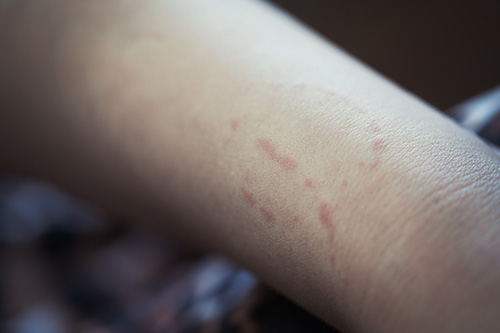Introduction
Bite marks are often found at the scene of violent crimes and have been used to prosecute many suspects. However, recent advancements in forensic science have led investigators to question the reliability of bite mark evidence.

In this lesson, you will look at some of the methods investigators use to collect and analyze bite mark evidence and discuss whether this evidence should be allowed in court.
Following successful completion of this lesson, students will be able to...
- Discuss the limitations of bite mark evidence in the context of historical cases.
Essential Questions
- Why might foot prints, bite marks and tire tracks be difficult to conceal?
- How have scientific advancements contributed to the evolution of forensic science?
Enduring Understandings
- Forensic results are open to the interpretation and subject to the limitation of the pathologist's knowledge and methods.
The above objectives correspond with the Alabama Course of Study: Forensic Science and Crime Scene Investigation standards: 1, 9, 23.